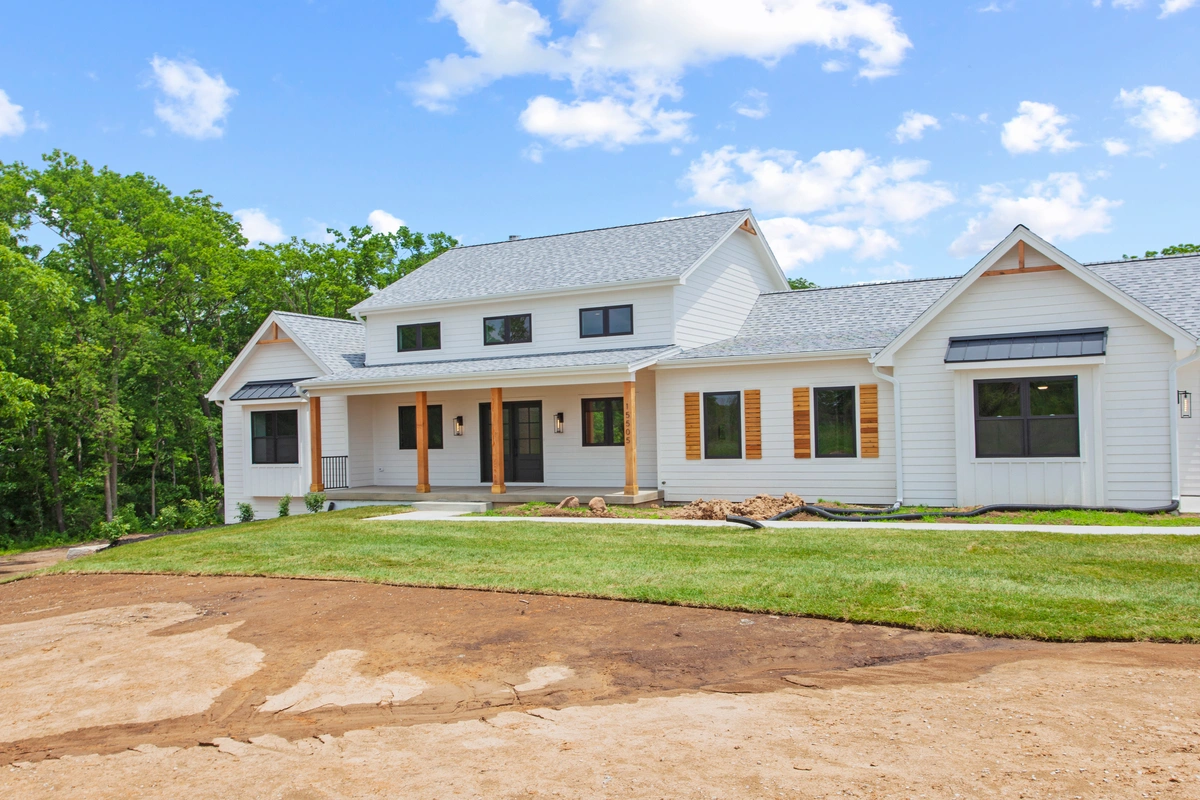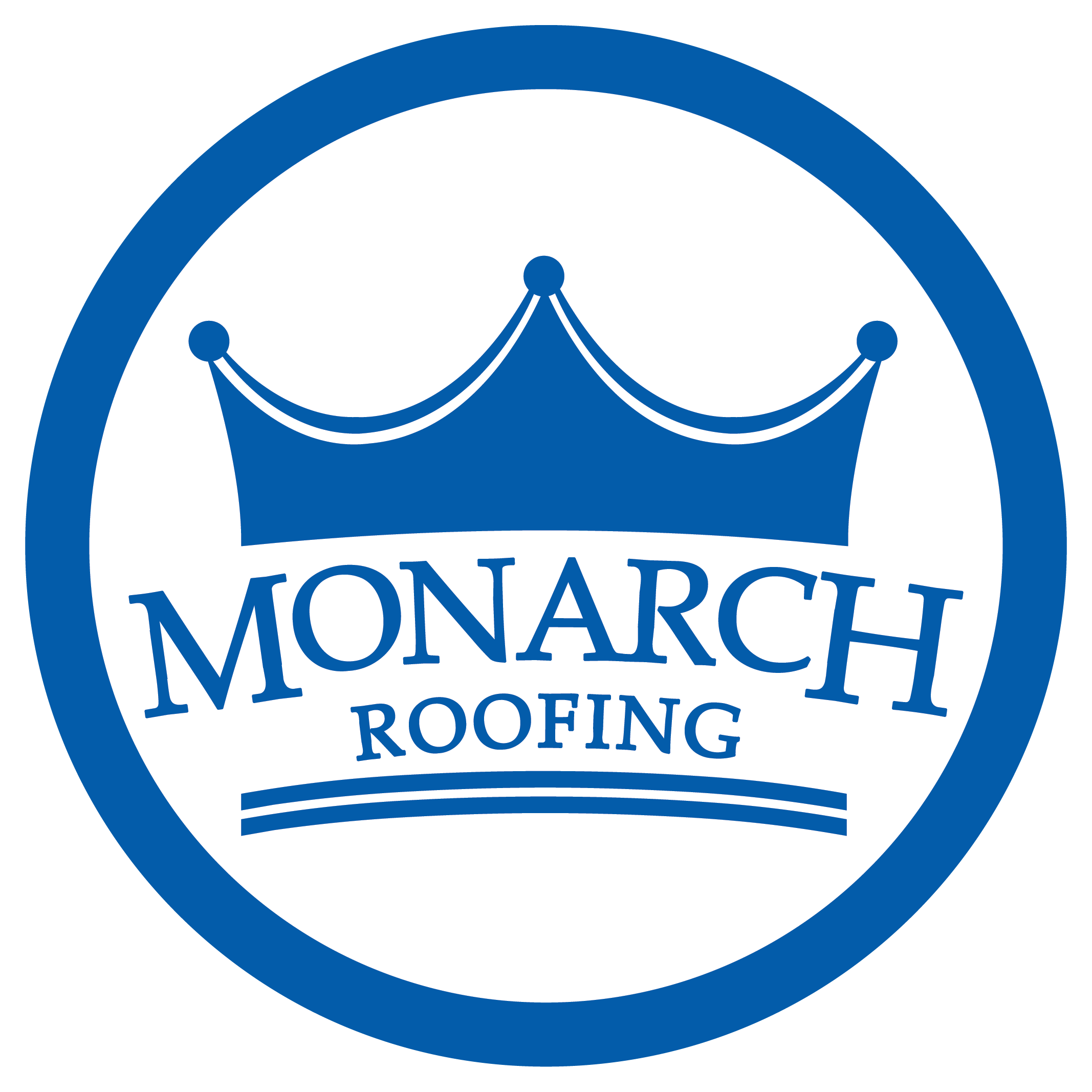When you know that a roof replacement or repair is in your future, you might find yourself banging your head against the wall as you input numbers into your calculator, trying to figure out how on earth you are going to pay for it.
Because it’s true. Roof replacement costs are…a lot, no matter who you are.
It’s always best to contact your favorite local roofer for a quote to see what you can expect.
And it may seem intimidating. Luckily, you have a secret weapon in your back pocket that you might not be aware of. That’s right. We’re talking about roof financing.
Today, we’ll help you understand:
- What financing is
- The different types of financing
- How to apply for roof financing
Keep reading to get the roof replacement financing that you need!
What Is Roof Financing? 🤷🏽

Roof financing is a financial arrangement that allows homeowners to cover the expenses of roof repairs or replacements through loans or credit. It provides you with the opportunity to address roofing issues promptly, ensuring that your home remains safe and protected from the elements.
Roof financing can come in various forms, such as personal loans, home equity loans, home equity lines of credit (HELOCs), and roof-specific loans offered by some roofing companies.
6 Different Financing Options for Your Roof 💵
When it comes time to finance a new roof, various options are available to you, each catering to different financial situations and preferences. Here are some common financing options to consider:
1) Personal Loans
Personal loans are unsecured loans that can be used for various purposes, including roof repairs or replacements. These loans have fixed interest rates and terms, making it easier to budget for monthly payments. However, the interest rates might be higher compared to other secured loan options.
2) Home Equity Loans
Home equity loans allow homeowners to borrow against the equity they have built in their property. This type of loan typically offers lower interest rates than personal loans, making it an attractive option for those who have significant equity in their homes. However, since your home serves as collateral, there is a risk of foreclosure if you fail to repay the loan.
3) Home Equity Lines of Credit (HELOCs)
A HELOC is similar to a home equity loan but operates more like a credit card. It provides homeowners with a revolving line of credit, allowing them to borrow as needed up to a certain limit over a set period. The interest rates may vary, and only the amount borrowed needs to be repaid.
4) Roof-Specific Financing
Some roofing companies offer their own financing options or partnerships with lenders to provide specialized roof financing. These options might come with promotional offers, such as zero-interest periods, making them attractive for short-term financing needs.
5) Government Programs and Grants
Depending on your location and circumstances, there might be government programs or grants available to assist with roof repairs or installations, especially for energy-efficient roofing solutions. These programs can significantly reduce the financial burden and may offer more favorable terms than traditional loans.
6) Credit Cards
While not an ideal option due to typically high-interest rates, using a credit card can be a short-term solution for smaller roofing expenses. If you opt for this route, try to pay off the balance as quickly as possible to avoid accumulating excessive interest.
How to Get Roof Financing 📝

Getting roof financing might seem like a daunting process, but with careful planning and preparation, you can make it a smoother experience:
- Research Local Lenders: Look for banks, credit unions, and online lenders that offer roof financing options. Additionally, check with local roofing companies, as some may have partnerships with lenders to provide financing to their customers.
- Compare Interest Rates and Terms: As mentioned earlier, interest rates and loan terms can vary significantly between lenders. Compare these factors to find the most favorable option for your situation.
- Check Your Credit Score: Request a copy of your credit report from major credit bureaus and review your credit score. A good credit score will increase your chances of securing a loan with better terms.
- Calculate the Loan Amount: Get estimates from roofing contractors for the repairs or replacement you need. Determine the total cost and assess how much of it you can cover from your savings or emergency fund.
- Evaluate Your Budget: Analyze your income, expenses, and existing debts to determine how much you can comfortably afford to pay each month toward the loan.
- Explore Government Programs: In some regions, there might be government-backed programs or grants to assist homeowners with roof repairs or energy-efficient roof installations. Research if you qualify for any such assistance.
- Prepare Necessary Documents: Assemble all the documents required by the lender, such as proof of income, tax returns, identification, and property details. Having these documents ready will expedite the application process.
- Read the Fine Print: Before signing any loan agreement, carefully read and understand all the terms and conditions, including the interest rate, repayment schedule, and any associated fees.
- Consult With Professionals: If you find the loan options confusing or overwhelming, consider seeking advice from financial advisors or housing counselors who can guide you through the process.
Want to Learn More?
Financing a new roof can be confusing enough, but add in all the details that come with a roof replacement? It is enough to make anyone’s head explode! Luckily, you don’t have to go through it alone. At Monarch Roofing, we have years of expertise that allow us to answer any questions you may have. Wondering about roofing materials, pricing, or have additional financing questions? Contact us today to learn more!





